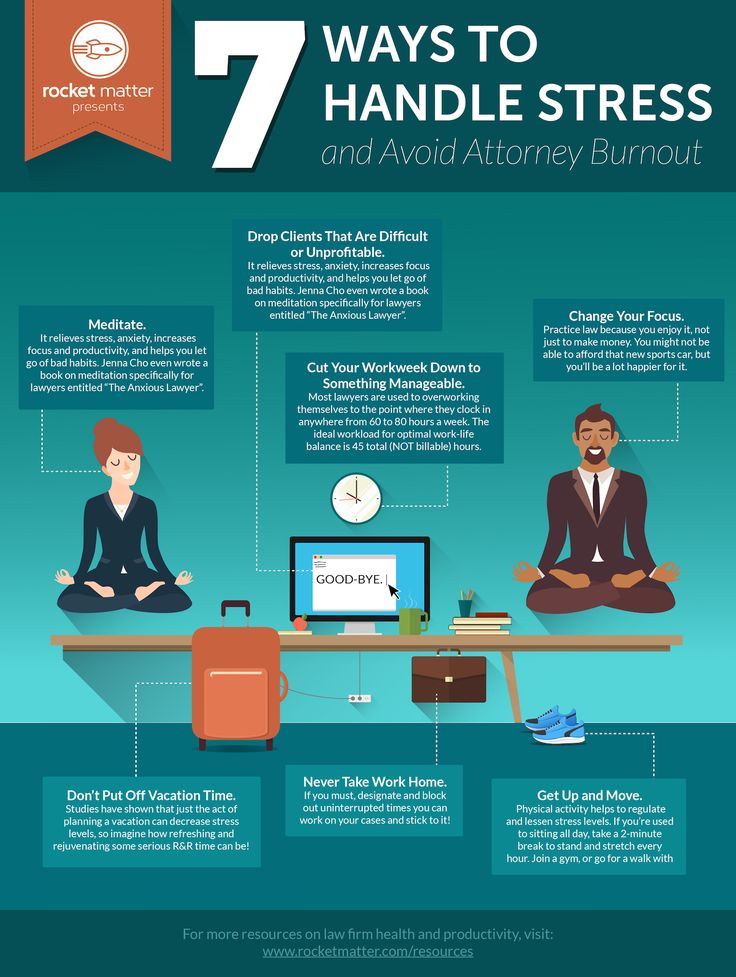Recognizing The Criminal Test: A Comprehensive Step-By-Step Failure
Recognizing The Criminal Test: A Comprehensive Step-By-Step Failure
Blog Article
Staff Author-Donovan Therkildsen
When you step into a criminal trial, you could be amazed by the organized procedure that unravels. Everything begins with court selection, where potential jurors are inspected for biases via a technique called "voir dire." Afterwards, both sides provide their opening statements, establishing the stage for the proof and statements to comply with. You'll see how the prosecution and defense build their instances, yet what occurs next can significantly affect the end result. Recognizing these phases can reveal the intricacies of justice, yet there's more to reveal concerning the defining moments that comply with.
Jury Selection Refine
When it concerns the court selection procedure, you're diving right into an important phase of a criminal trial. https://docs.google.com/spreadsheets/d/1870cYTCqWfrcGIrf8xvl4h_7OYN-wY0x7neFtD_IKPE/edit#gid=1634635547 , typically called "voir dire," entails questioning possible jurors to ensure they're impartial and capable of providing a reasonable judgment.
https://www.wrtv.com/news/wrtv-investigates/justice-delayed-women-frustrated-alleged-rapists-criminal-case-is-unresolved-six-years-later 'll see both the prosecution and defense lawyer participating actively, each aiming to select jurors that align with their case's story.
During voir dire, you'll notice that lawyers ask questions regarding jurors' histories, beliefs, and experiences. Their objective is to identify any kind of pre-existing prejudices that could affect a juror's choice. As a juror, you may feel a mix of anxiousness and inquisitiveness, yet your sincerity is important.
After questioning, lawyers can challenge particular jurors for cause if they think a juror can't continue to be neutral. They can likewise make use of a limited variety of peremptory obstacles to dismiss jurors without stating a reason.
Trial Phases Explained
The stages of a criminal trial play an essential role in guaranteeing a reasonable and organized procedure.
You'll first experience the opening statements, where both the prosecution and defense describe their situations. This establishes the stage wherefore's to find.
Next off, the prosecution offers its proof and witnesses, intending to confirm the offender's shame past a practical uncertainty. You'll see direct assessment complied with by cross-examination, allowing both sides to challenge today details.
After the prosecution relaxes its situation, it's the defense's turn. They'll present their proof and witnesses, commonly focusing on creating practical question. You'll discover that the defense doesn't have to show innocence; they just need to test the prosecution's situation.
Once both sides have provided their debates, you'll listen to closing statements, where each party summarizes their case. This is vital as it strengthens their placements before the jury mulls over.
Throughout these stages, the court guarantees that the trial adheres to lawful standards and that the legal rights of both celebrations are secured.
Recognizing these stages will assist you value the complexities associated with a criminal test and the relevance of each step in the search of justice.
Verdict and Sentencing
Nevertheless proof has been presented and arguments made, the jury or judge supplies a judgment, identifying the accused's sense of guilt or virtue. If you belong to the court, you'll ponder with your other jurors, discussing the proof and your perceptions. This process can take some time, as you'll want to ensure everybody settles on the decision based on the realities.
Once a judgment is reached, it's introduced in court. If the defendant is condemned, the next stage is punishing. This is when the judge determines the proper punishment. You may discover that different aspects influence the sentence, such as the severity of the crime, the accused's previous document, and any kind of mitigating scenarios.
The court may impose a range of sentences, from penalties and social work to jail time. Occasionally, the defense or prosecution can present disagreements regarding sentencing, trying to sway the court's choice.
If the accused is found not guilty, they're acquitted, and no penalty adheres to. Remember that a guilty decision can often lead to charms, where the accused might test the judgment or the sentence enforced.
Final thought
In a criminal trial, you have actually seen just how vital each step is, from jury option to the last decision. You have actually complied with the prosecution and defense as they construct their situations, aiming to convince the jury. When deliberation concludes, the verdict figures out the result, and if the defendant is found guilty, the sentencing phase starts. Recognizing these processes assists you appreciate the intricacies of the justice system and the relevance of each function in making certain a fair test.
